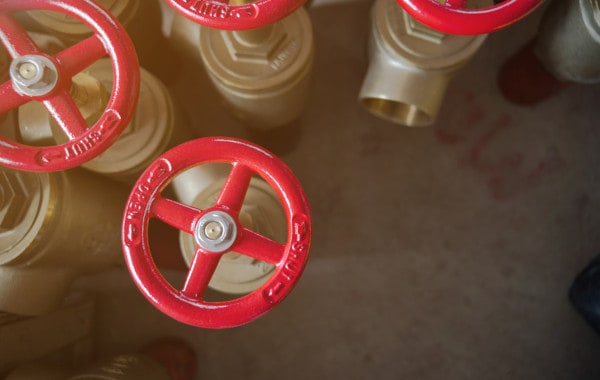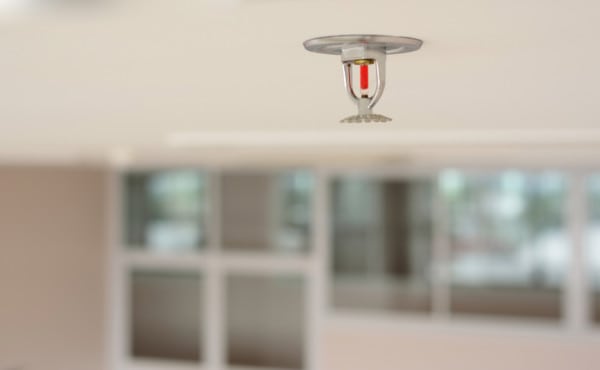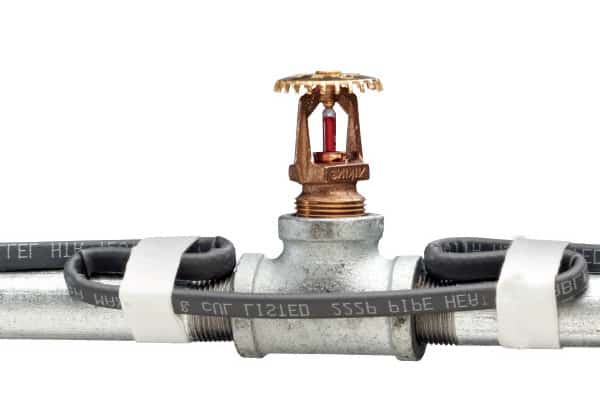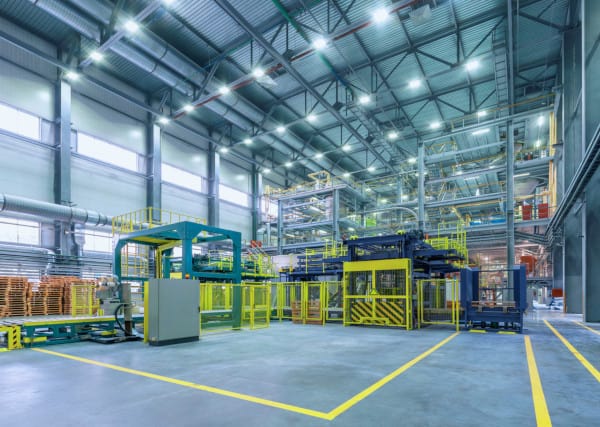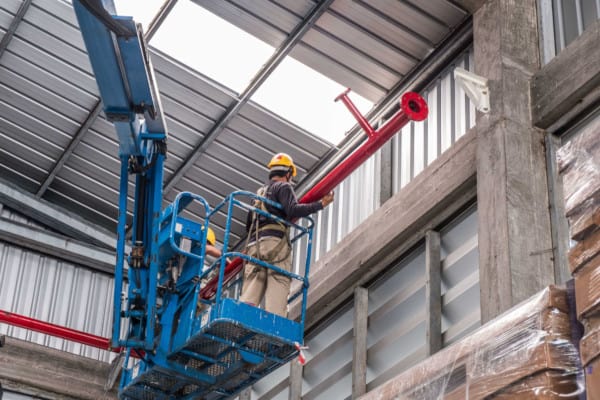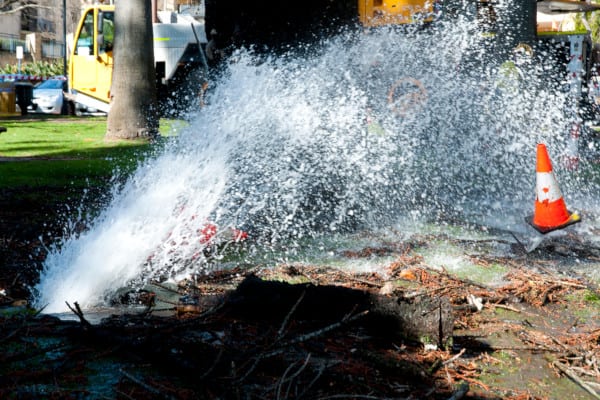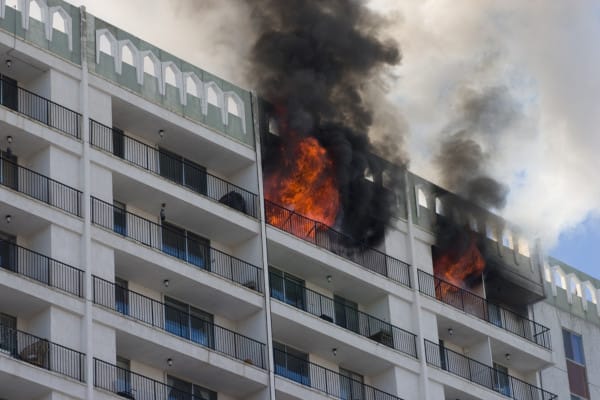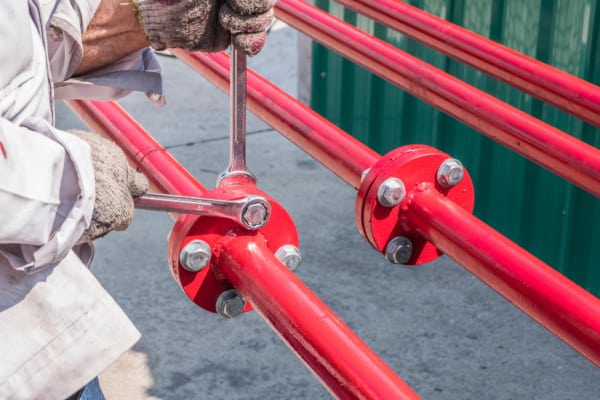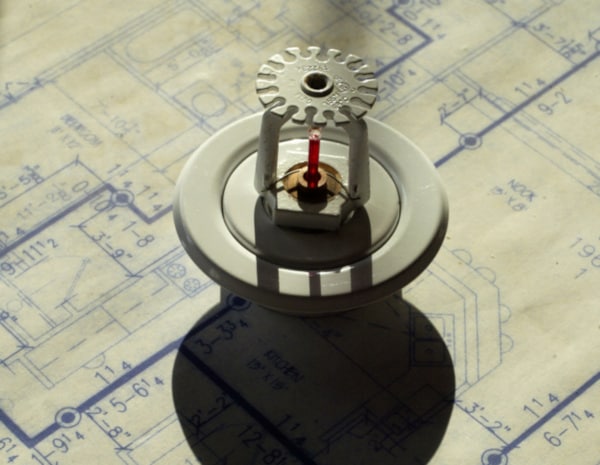#165 – Counterfeit Fire Sprinklers: How to Identify and Avoid Them
As sprinkler systems become more common, the fire protection industry has attracted unscrupulous manufacturers and sellers of counterfeit fire sprinklers. Learn how to ID real and fake fire sprinklers, as well as where to look for counterfeit advisories.



